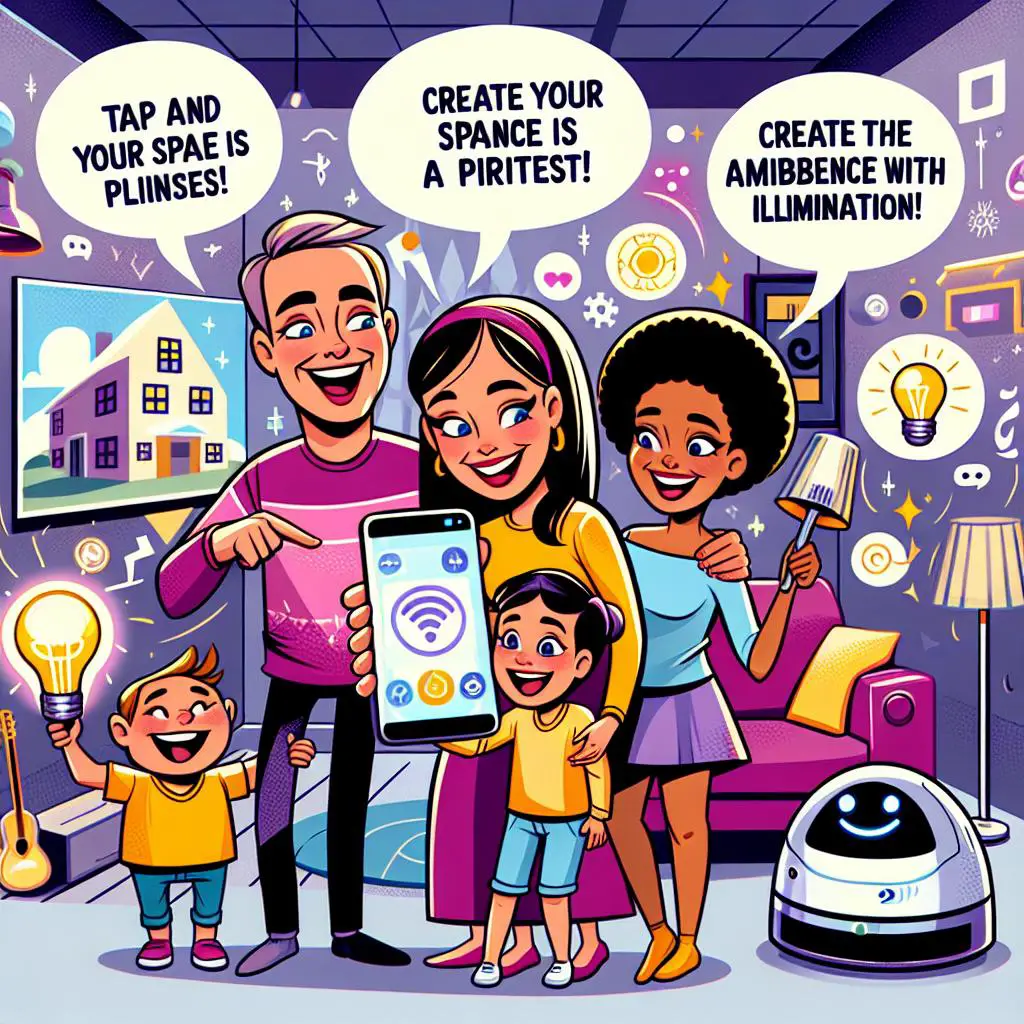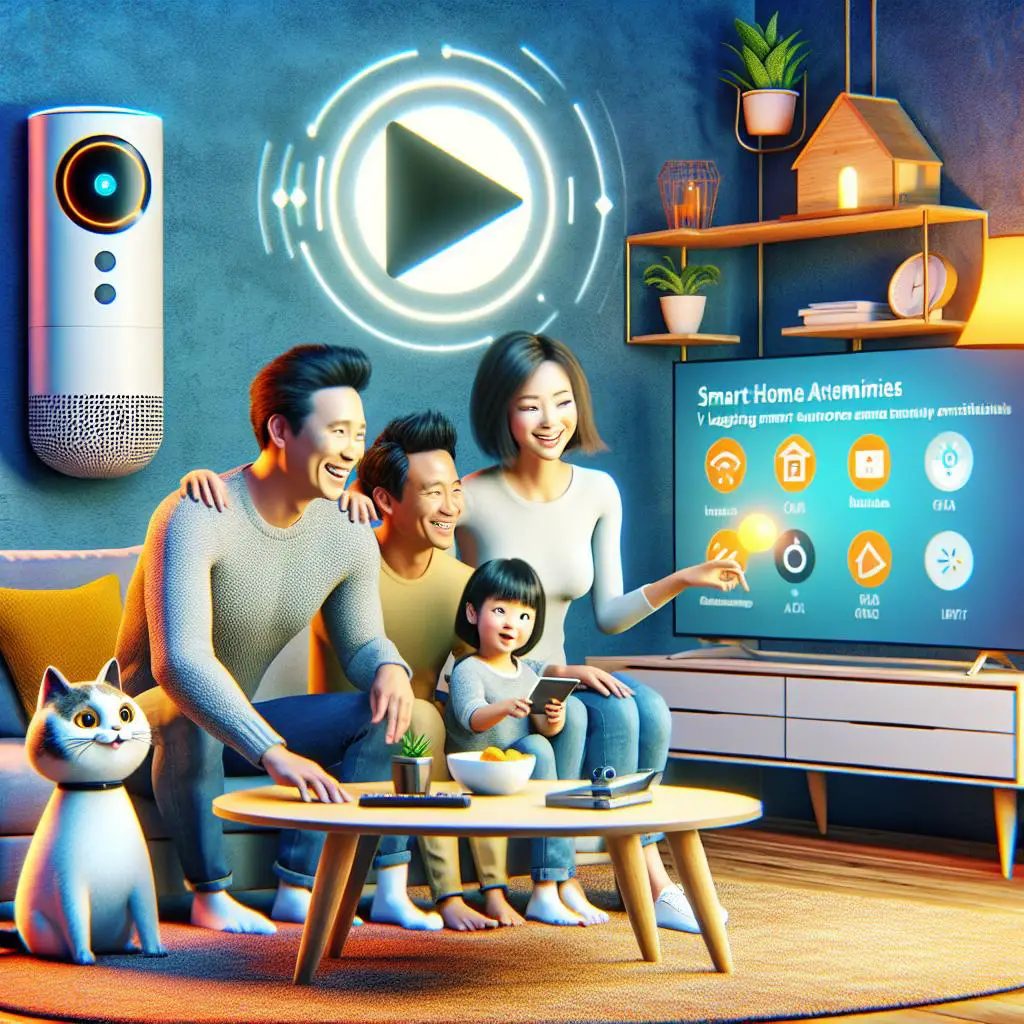Are you ready to make your home smarter? Jump on the smart home bandwagon and say goodbye to manually turning on lights and controlling the temperature. In this blog post, we will show you some of the best tips for creating a smart home that is both functional and efficient.
1. Research, Research, & Research
Smart home technology is advancing at an exponential rate, and it can be difficult to keep up with all the new products on the market. To ensure you make the right choices when it comes to your home automation setup, it’s important to do your research. Check out reviews of different products and systems, and read up on what other people have said about their experiences. Additionally, keep an eye on tech news, as this is often where you’ll find out about the latest developments in smart home technology. Doing your research will help you make informed decisions about which devices and systems are best for your home.
2. Pick Your Ecosystem
When it comes to picking the right smart home ecosystem for you, it’s important to do your research. You want to make sure you get the most from your investment. Popular smart home ecosystems include Google Home, Amazon Echo, Samsung SmartThings and Apple HomeKit. Each offers their own advantages and disadvantages, so think carefully before investing in a particular system. It’s also important to make sure you don’t mix and match different ecosystems, as this can create compatibility issues. To make sure you get the best out of your purchase, read product reviews and follow tech news to stay up to date with the latest innovations in the smart home market.
3. Follow Good Security Practice
Good security practices are essential when it comes to smart home devices and technology. A strong encryption method should be used for Wi-Fi networks, and passwords should be changed regularly. Devices should be chosen with care, and only reputable brands should be trusted. It’s also wise to set up a VPN on your router and create a separate guest network for visitors. Make sure all device passwords are unique and strong. Lastly, keep the main house account for your own smart devices and don’t let visitors access it. Following these simple steps will ensure your smart home is kept safe and secure.
4. Voice Control: The Easy Place to Start
Voice control is an easy and popular way to control your connected gadgets. Smart thermostats, such as Nest, connect to the internet via Wi-Fi so they can be controlled with a smartphone or virtual assistant. Voice assistants like Amazon Echo and Google Home, provide an easy way to control your lights, vacuum, and other appliances. You can also use voice commands to perform tasks that normally require physical interaction with your device. To get started, research the devices you already have and decide which ecosystem you want to use. Make sure to follow good security practices and read product reviews and tech news for the latest updates. Finally, consider trying a smart plug for an easy entry point into voice control technology.
5. Think About Control
Once you’ve picked your assistant, it’s time to think about control. With the help of a mobile device as a control center, homeowners can easily monitor video cameras, check locks, or even unlock doors. Turning a house into a smart home is an investment, so it’s important to break down what you want to accomplish into categories like lighting, air control, security etc., and prioritize accordingly. For example, controlling lights with an app is great way to save energy while being convenient. The kitchen is another great place for voice control, so you don’t need to touch anything with dirty hands. Additionally, the biggest money saver for many is likely to be a smart thermostat or investing in a few smart switches. With the right voice assistant and these smart home tips, the sky is the limit for home automation.
6. Talk To Your Home
Talking to your home is a convenient way to control and automate your smart home devices. With voice assistant technology, like Alexa and Google Assistant, you can now control your smart lights, thermostat, music, and more with just the sound of your voice. All you have to do is speak directly to the device and it will carry out your commands. You can even connect all your smart home devices to both Google and Alexa at the same time so whichever is most convenient for you can be used to control them all. Additionally, you can use geofencing so that when you are away from home or on vacation your home will still look occupied. With voice control and automation, you can enjoy added convenience, entertainment, security and savings in your home.
7. Suggesting Energy Saving Actions Based On Usage Patterns
Smart homes can help save energy in more ways than one. For instance, you can set up your home to suggest energy saving actions based on usage patterns. This means that when your smart home detects that you’re not using a certain appliance or device, it will recommend turning it off in order to save energy. You can also use it to automatically control smart home devices based on room or home occupancy. For example, if there is no one in the room, the lights can be automatically turned off to save energy. All these features make it easier to keep track of your energy consumption and make sure that everything is running as efficiently as possible.
8. Learn About Smart Homes On CNET
Researching smart homes is a great way to get started on your journey to transforming your home into a smarter one. CNET is an excellent resource for learning more about the latest in home automation technology and what works best for your home. From product reviews and news to expert advice, CNET provides comprehensive coverage of all things smart home. With their detailed product breakdowns, you can easily compare prices and features of the different systems available. Additionally, the site offers tutorials and guides for setting up and using your devices, as well as tips on how to troubleshoot any issues you may run into along the way. With CNET, you can quickly get up to speed on smart home technology and start creating a smarter and more connected home.
9. Try a Smart Plug
Smart plugs are one of the easiest and most affordable ways to make your home smarter. With a smart plug, you can control all your electrical devices remotely, from lamps to fans. You can even set up a lighting schedule or voice commands for added convenience. Plus, these devices are compatible with various smart assistants like Alexa, Google and Apple. To get started, plug the device into an outlet and then sync it with your preferred assistant. Keep in mind that you may need to be within 300 feet for the connection to work properly. With a smart plug, you can easily upgrade your home and start enjoying all the benefits of a truly connected space.
10. Read The Most Important Product Reviews and Follow The Tech News
Before you commit to a product, it’s important to read the most important reviews and follow tech news for the latest updates. This will help ensure that you are buying the best smart home products for your needs. You may also want to invest in state-of-the-art security systems, such as cameras or smart plugs, to ensure that your home is safe and secure. Additionally, voice control can be an easy way to start using smart home technology. With Alexa, for example, you can quickly and easily control lighting, temperature, and many other aspects of your home. Finally, consider how you wish to control your products. Smart lighting systems, such as Philips Lighting Holding B.V.’s Hue can be controlled via voice or an app, making it easy to customize your home environment according to your needs.


